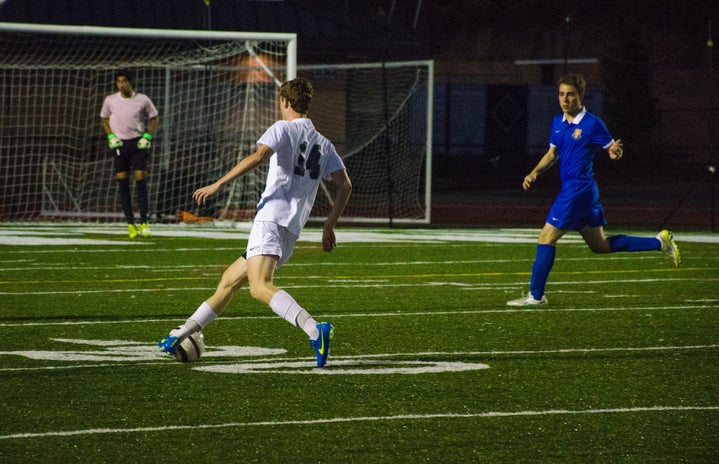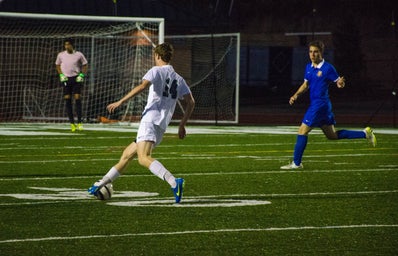Recently we have seen incidents before and after soccer games, and some of them ended up in tragedies. The violence towards soccer started being called “football hooligans” in the 60’s by the media, right after different attacks during games in England. It includes not only physical violence, but also verbal, using hate speech.
The violence between soccer fans happens for a lot of reasons. Historically, there are fans of rival teams that started the violence against one another, but also there are some of them that attack their own team and their players. They use disagreement or disappointment as a reason to start the fights.
The Public authorities have tried to implement laws and decrees to minimize the outburst of violence towards the soccer world by not selling beer or alcohol in stadiums, not selling glass containers and prohibit opposing fans in the stadium. In São Paulo, for example, when the rival teams are playing against each other, just one of the team’s fans can be at the stadium. All of this was not effective, and only made the fights start outdoors.
The journalist Rodrigo Vessoni has collected data about victims that soccer made since 1988. According to him, in 25 years, there have been 384 victims because of football hooligans. In Brazil, São Paulo is the state with the highest number and most of the cases happened out of the stadiums.
In Europe, where there are the most famous championship and important teams, there is a false idea of the end of violence because they build big arenas and pretend that they are the safest place. Actually, it is just an excuse to transform the sport into an elite entertainment, making the violence happen in lower divisions.
In Brazil, the “organized supporters” make violence be intrinsic with the sport. Those fans are regularly connected with violence, being way more committed to their teams and doing everything for them. However, sometimes we see cases in which they schedule fights, or simply start arguments with other organized supporters. It’s common in Brazil, and when the police try to interfere, it becomes a bigger thing. It’s not an effective way to stop it.
Just in 2023 we had major examples of violence in soccer, such as the Corinthians player Luan who was attacked by the fans. The bomb that was thrown by some supporters during the game Santos x Corinthians na Vila Belmiro and the death of Gabriela Anelli, a Palmeiras fan who died on the same day of the game Palmeiras x Flamengo. These are just some of the cases that had repercussions on the media.
The family of Gabriela Anelli talked about the importance of respect in the sport.
In June of 2023, the President Lula sanctioned the “Lei Geral do Esporte” (General Sports Law). The new law allows the criminalization of organized fans. In case of conflicts with the members, the group and the leaders can be prosecuted.
The former professional player and now sports commentator at SportTV, Richarlison, talked about the recent cases of violence and how professional players have to step up and help stop the violence and protect their families. This happened with the player of Criciuma that had a rock thrown in his direction and his two-year-old son.
The cases and tragedies involving the soccer world and their fans will not stop unless the authorities do something, and not only let it be. The games must stop, someone must protest. The violence will not vanish with a public declaration on social media. The Sports Ministry must anticipate and make effective movements to end these tragedies and allow the “Soccer Country” to enjoy the sport and everything that comes with it. When it comes to the fans, it is important that they realize that violence is not the answer and every news that involves the topic associated with them creates a bad reputation to something that we all love.
——————————-
The article above was edited by Larissa Buzon.
Liked this type of content? Check Her Campus Cásper Líbero home page for more!


